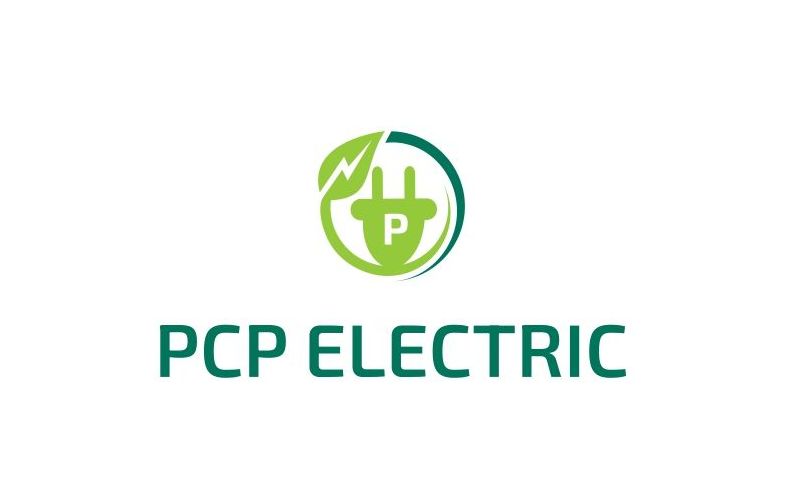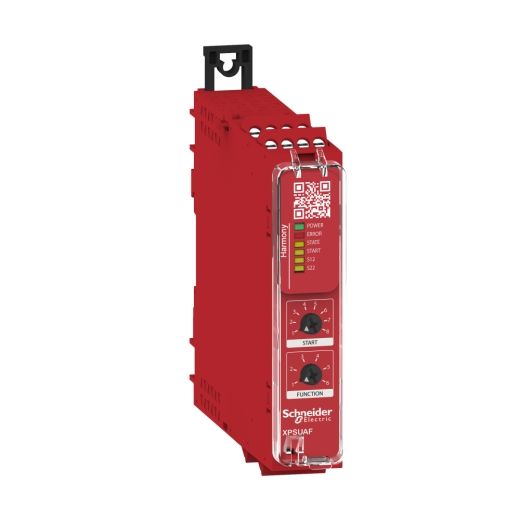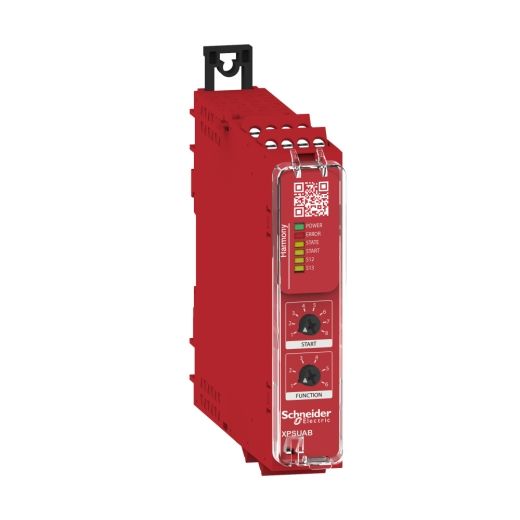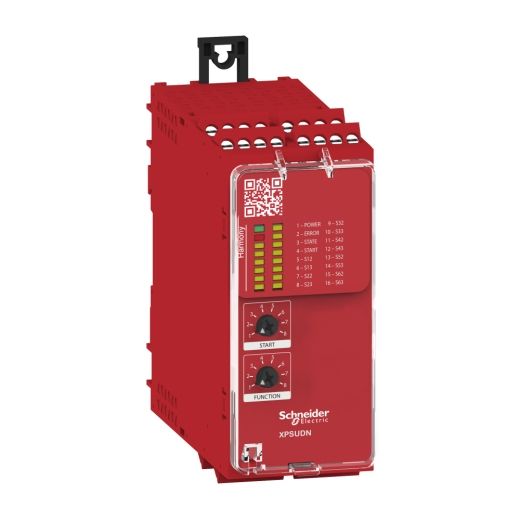Safety Relay
XPS Universal and Safety Modules: Managing Single Safety Functions
XPS Universal and safety modules are essential components in industrial automation, specifically designed to manage and control safety functions within various industrial environments. These modules ensure that machinery and processes operate safely, protecting both equipment and personnel. Here’s an overview of why these modules are the first choice for managing single safety functions:
Key Features and Benefits
1. Reliability and Safety Compliance
- Certified Safety Standards: XPS Universal and safety modules comply with international safety standards (e.g., ISO 13849-1, IEC 62061), ensuring high reliability and safety in industrial applications.
- Redundancy and Fault Tolerance: These modules are designed with redundancy and fault tolerance, ensuring continuous operation even in the event of a component failure.
2. Versatility and Adaptability
- Wide Range of Applications: Suitable for various safety applications, including emergency stop monitoring, safety door monitoring, and two-hand control systems.
- Configurable Solutions: These modules can be configured to meet specific safety requirements, offering flexibility in different industrial settings.
3. Ease of Integration
- Compact Design: The compact design allows easy integration into existing control systems without requiring significant modifications.
- Plug-and-Play: Simplified installation and setup process, reducing downtime and operational disruptions.
4. Cost-Effectiveness
- Reduced Downtime: By ensuring safety and preventing accidents, these modules help in reducing downtime and associated costs.
- Minimal Maintenance: Designed for durability, requiring minimal maintenance, thus lowering operational costs over time.
Applications of XPS Universal and Safety Modules
1. Emergency Stop Functions
- Immediate Shutdown: Provides immediate shutdown of machinery in case of emergencies, preventing accidents and damage.
- Reset and Monitoring: Ensures proper reset and continuous monitoring of the emergency stop functions.
2. Safety Door Monitoring
- Access Control: Monitors the status of safety doors, ensuring that machines operate only when doors are closed.
- Interlocking: Interlocks prevent access to dangerous areas while machines are operating.
3. Two-Hand Control Systems
- Operator Safety: Requires both hands to be used simultaneously to operate machinery, ensuring the operator’s hands are clear of dangerous areas.
4. Light Curtain Monitoring
- Presence Detection: Monitors safety light curtains to detect the presence of operators in hazardous zones.
- Machine Stop: Immediately stops the machine if the light curtain is breached.
Advantages Over Traditional Safety Methods
- Higher Reliability: Traditional safety methods may not offer the same level of reliability and fail-safe operation.
- Enhanced Diagnostics: XPS Universal and safety modules provide detailed diagnostic information, enabling quicker troubleshooting and maintenance.
- Scalability: Easily scalable to accommodate additional safety functions as industrial processes expand or evolve.
Conclusion
XPS Universal and safety modules are the preferred choice for managing single safety functions due to their reliability, versatility, ease of integration, and cost-effectiveness. They provide essential safety features that protect both personnel and machinery, ensuring compliance with safety standards and enhancing overall operational efficiency. By incorporating these modules into their safety systems, industries can achieve a higher level of safety and productivity, making them indispensable in the realm of industrial automation.




